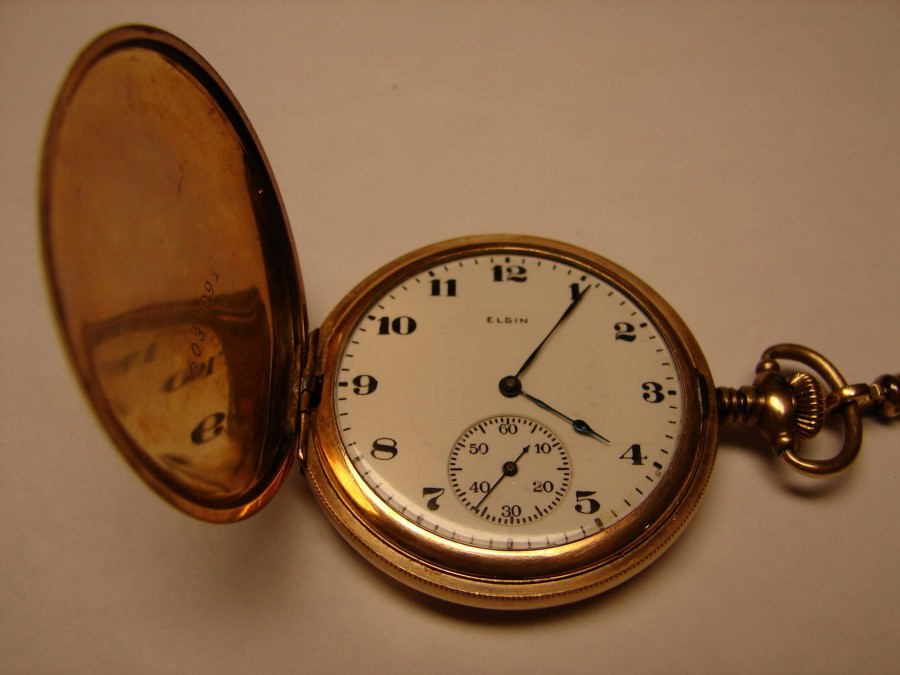The wristwatch is a timepiece that never goes out of style. Throughout history, it has been worn by royalty and is considered one of the most intricate pieces of jewellery ever invented. In 1571, Queen Elizabeth wore one of the first wristwatches. At that time, she was presented with an arm watch by Robert Dudley for a New Year’s present. Since then, Royals have kept the traditions of timekeeping alive throughout history.
An Exquisite Timepiece
Queen Elizabeth’s watch was rich in jewels, garnished with diamonds, and featured a pearl pendant. This item, which no longer exists, contained a spring driven clock and was worn on the forearm or wrist so it could be easily spotted. In fact, once the spring-driven clock was small enough to be carried around, it was worn as a form of ornamentation. Therefore, it was inevitable that the wearing of a “clock” on the arm would come to pass.
In addition to the aforementioned watch, Queen Elizabeth was also known to wear a watch that was set in a ring. It was not only known to be a timekeeper, but it also served as an alarm. A very small prong would gently scratch the Queen’s finger at a specific time. Whilst the ring was probably not a precise timekeeper, it was definitely a kind of tour de force when it came to the miniaturisation of accessories in the sixteenth century.
The first wristwatches evolved into many of the finely detailed wristwatches today – many of which are sold by current companies such as Gracewells. They were designed as watches on bracelets and were called montres-bracelets – all intended, at that time, for a lady.
Royal Pieces of Jewellery
An accounting book for a Geneva watch manufacturer in 1790 mentions one of these kinds of watches. It indicated that the watch was to be affixed to a bracelet. Also, when Princess Auguste-Amélie was married to Eugène de Beauharnais in 1809, the Empress Josephine presented the princess, her daughter-in-law, with two bracelets. One bracelet kept time and the other was designed with a calendar. The two accessories were made by the Parisian jeweller Nitot in 1806.
Whilst the Swiss, as mentioned, are well-known for their watch-making skills, the French seemed to be masters of the bracelet watch. In 1810, a famous French watchmaker, Bréguet, was hired by the Queen of Naples to design a wristwatch. The timepiece was completed 2 years later in 1812. Patek Philippe is noted for making the key-winding lady’s bracelet style watch in 1868. He designed the jewellery for the Countess of Hungary.
The Swiss followed suit in 1889. At that time Albert Bertholet registered a claim for a Swiss patent for a simplified wristwatch. Watches before that time were more complex. The simplified watch eliminated such features as setting and winding by stem and crown. The watch, instead, was wound by the turning of the bezel, geared directly to the watch’s mainspring barrel.
This design made it possible to turn a slot on the side of the watch’s case with one’s finger. Whilst the montre-bracelet watch was not classified as a woman’s or man’s watch, it is assumed it was designed for a woman. Men, even in 1890, were still carrying their watches in their pockets.

